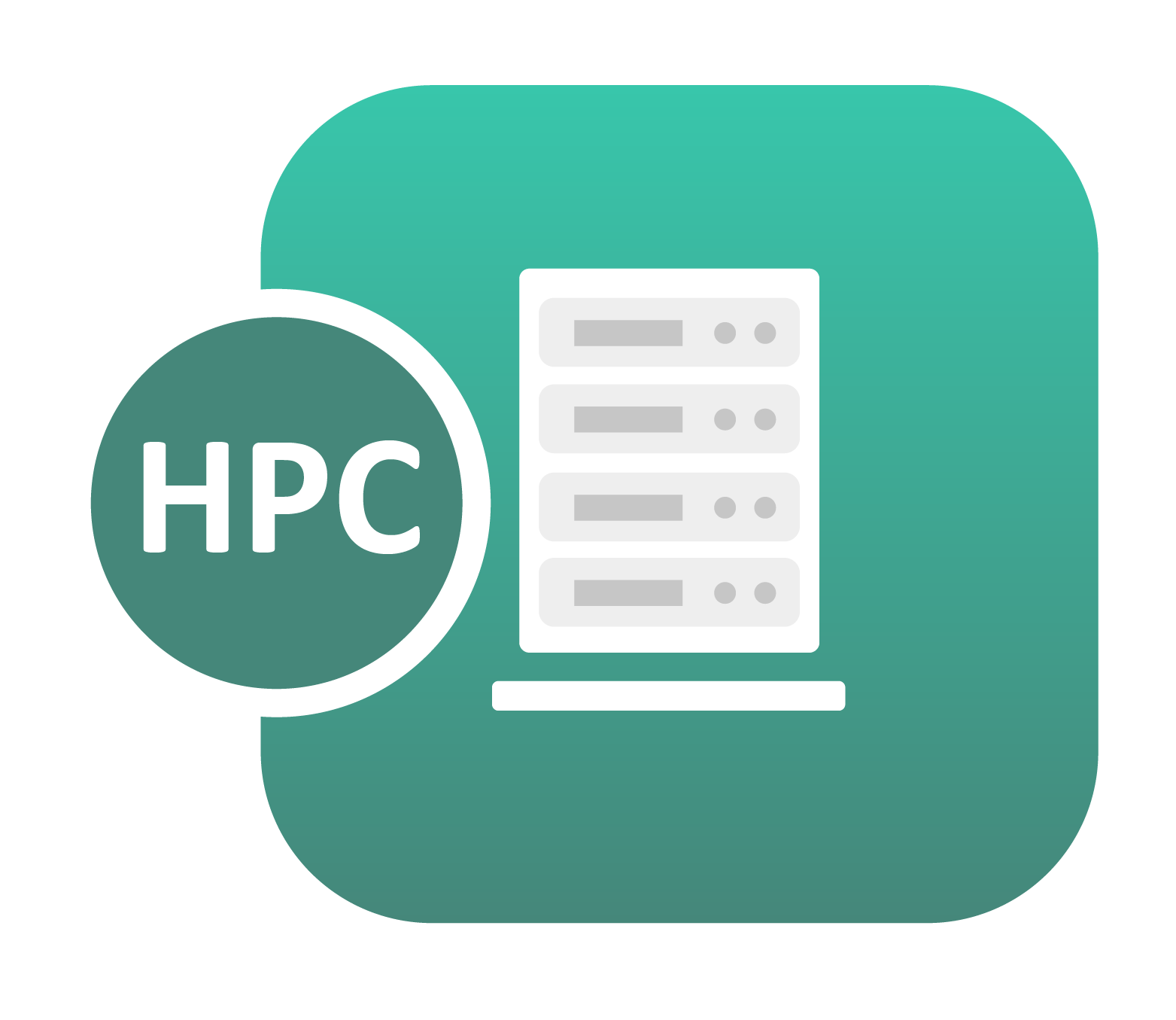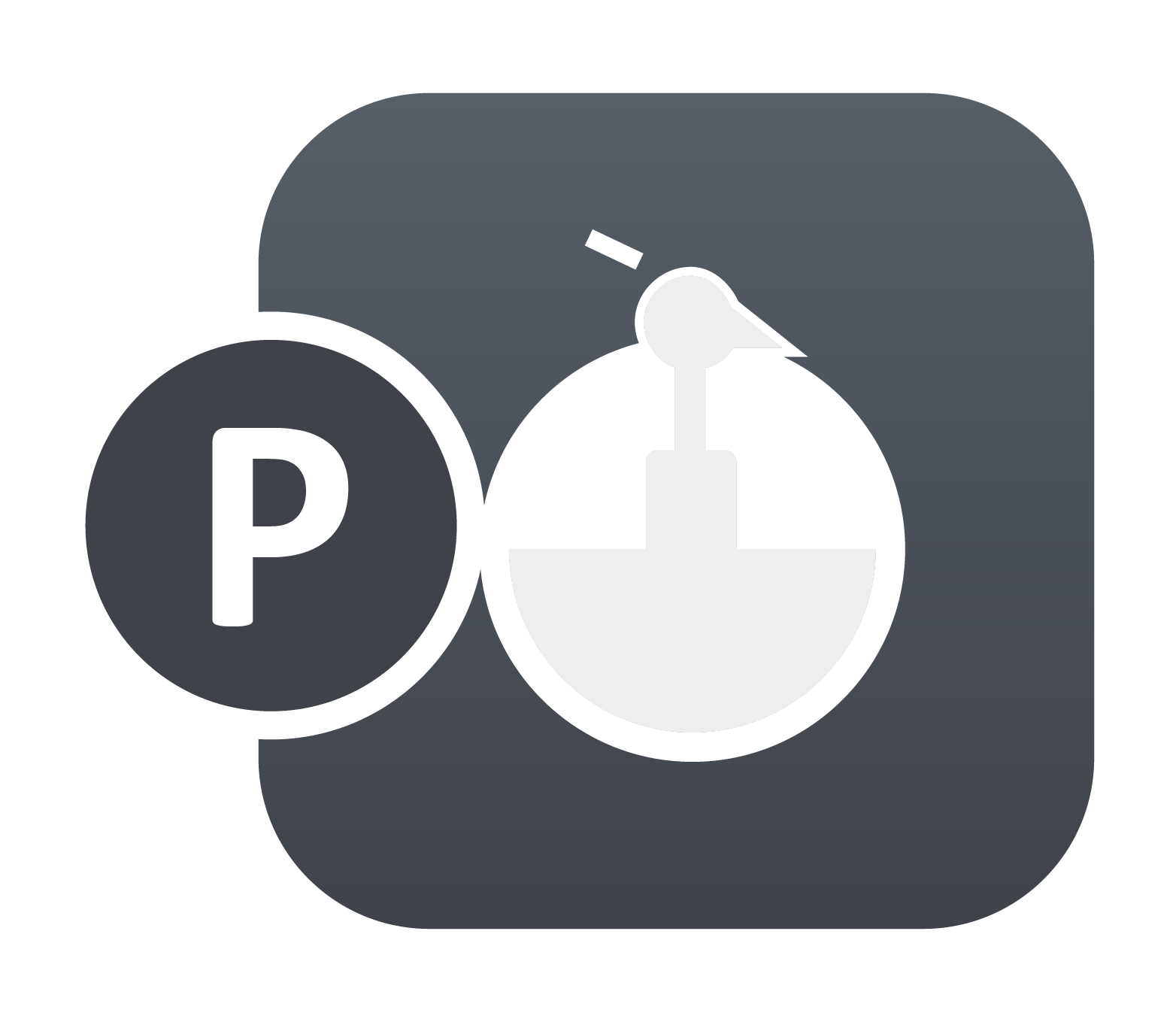Oasys 4th LS-DYNA Update Meeting in Pune and Bangalore
I will be attending the upcoming LS-DYNA Update meeting in Pune (May 3, 2011) and Bangalore (May 5, 2011). You can find more information at LS-DYNA Update meeting . If you are in Pune or Bangalore, it will be great to see you there.












